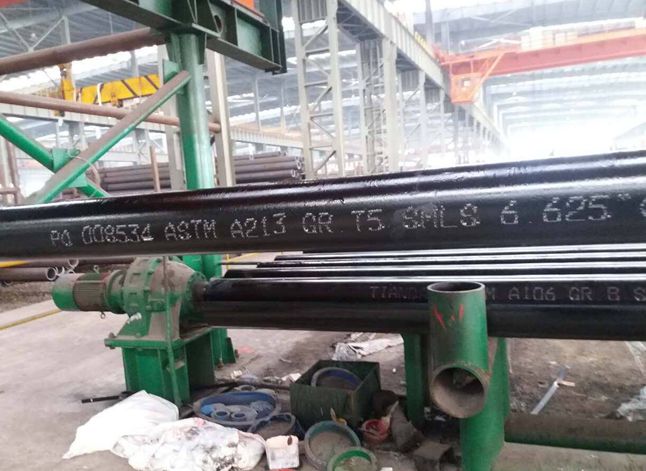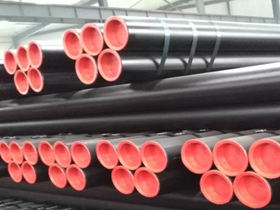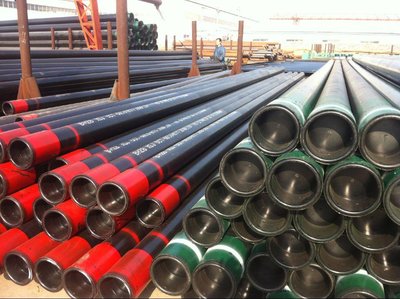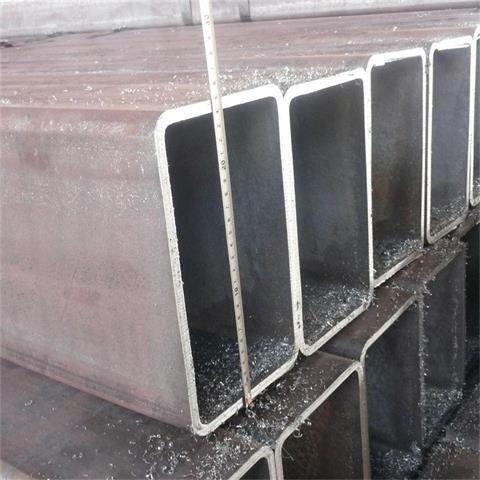Benefits of Using Seamless Pipe Over Welded Pipe
When it comes to choosing the right type of pipe for your project, there are several factors to consider. One of the key considerations is whether to use seamless pipe or welded pipe. Both types of pipes have their own advantages and disadvantages, but in many cases, seamless pipe is the preferred choice for a variety of reasons.
1 3 4 x 1 3 4 square tubingSeamless pipe is made from a solid piece of steel that is heated and then stretched over a form to create a seamless tube. This process results in a pipe that is free of seams or welds, which can weaken the overall structure of the pipe. In contrast, welded pipe is made by Welding together multiple pieces of steel to create a single pipe. While welded pipe is generally less expensive to produce, it can be prone to defects and weaknesses at the weld seams.

One of the main benefits of using seamless pipe over welded pipe is its strength. Because seamless pipe is made from a single piece of steel, it is inherently stronger and more reliable than welded pipe. This makes seamless pipe ideal for high-pressure applications, such as in the Oil and gas industry, where the integrity of the pipe is crucial to the safety of the operation.
In addition to its strength, seamless pipe also offers better Corrosion resistance than welded pipe. The lack of weld seams in seamless pipe means that there are fewer areas for corrosion to take hold, resulting in a longer-lasting and more durable pipe. This makes seamless pipe a popular choice for applications where exposure to corrosive elements is a concern, such as in chemical processing plants or marine environments.
Another advantage of seamless pipe is its uniformity. Because seamless pipe is made from a single piece of steel, it has a consistent Wall thickness and diameter throughout the Length of the pipe. This uniformity helps to ensure a tight fit when connecting multiple sections of pipe, reducing the risk of leaks or failures in the system.
Furthermore, seamless pipe is easier to inspect and test than welded pipe. The lack of weld seams in seamless pipe means that there are fewer areas for defects to hide, making it easier to detect any issues during the manufacturing process. This can help to ensure that the pipe meets the necessary quality standards and specifications for the project.
In conclusion, seamless pipe offers a number of benefits over welded pipe, including greater strength, better corrosion resistance, uniformity, and ease of inspection. While welded pipe may be more cost-effective in some cases, the added durability and reliability of seamless pipe make it a preferred choice for many applications. Whether you are working in the oil and gas industry, chemical processing, or any other industry that requires high-quality piping, seamless pipe is a reliable and efficient option to consider.
Factors to Consider When Choosing Between Seamless and Welded Pipe
When it comes to choosing between seamless and welded pipe, there are several factors to consider. One of the most common questions that arises is whether seamless pipe is stronger than welded pipe. The answer to this question is not as straightforward as it may seem, as there are various factors that can affect the strength of a pipe.
Seamless pipe is made by extruding a solid piece of steel through a die to create a hollow tube. This process results in a pipe with no seams or welds, which can make it stronger than welded pipe. The lack of seams eliminates the weak points that can be found in welded pipe, making seamless pipe less susceptible to leaks and failures.
However, the strength of a pipe is not solely determined by whether it is seamless or welded. The quality of the steel used, the manufacturing process, and the design of the pipe all play a role in its strength. In some cases, welded pipe can be just as strong as seamless pipe, depending on these factors.
Another important consideration when comparing seamless and welded pipe is the application in which the pipe will be used. Seamless pipe is often preferred for high-pressure applications, as the lack of seams makes it less likely to fail under extreme pressure. Welded pipe, on the other hand, may be more suitable for low-pressure applications where cost is a primary concern.
Cost is another factor to consider when choosing between seamless and welded pipe. Seamless pipe is typically more expensive than welded pipe, due to the additional manufacturing processes involved in creating a seamless pipe. However, the higher cost of seamless pipe may be justified in applications where strength and reliability are paramount.
In terms of availability, welded pipe is more readily available than seamless pipe. This is because welded pipe can be produced in larger quantities and in a wider range of sizes and specifications. Seamless pipe, on the other hand, is often made to order and may have longer lead times.
In conclusion, when deciding between seamless and welded pipe, it is important to consider a variety of factors. While seamless pipe may be stronger than welded pipe in some cases, the strength of a pipe is not solely determined by whether it is seamless or welded. Other factors such as the quality of the steel, the manufacturing process, the application, cost, and availability all play a role in determining the best type of pipe for a particular project. Ultimately, the decision between seamless and welded pipe should be based on a careful evaluation of these factors to ensure that the chosen pipe meets the specific requirements of the application.




